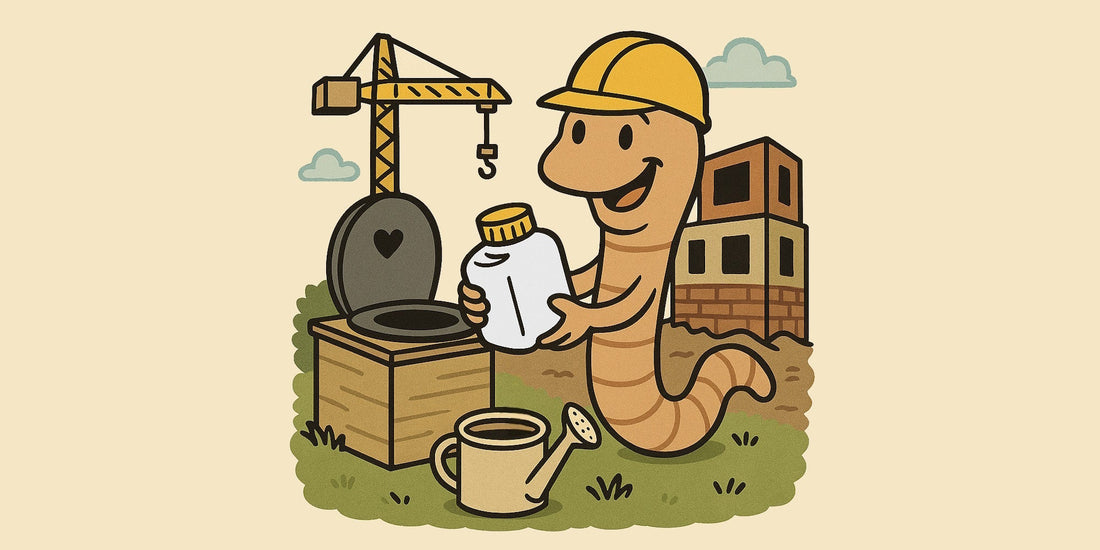
Where are separation toilets used?
If there is no sewer, the composting toilet comes into play.
Separate toilets are used wherever a conventional toilet is not possible – i.e. whenever there is no sewer connection and/or no water for flushing .
Typical locations are:
- remote cabins & hunting grounds
- Forest kindergartens
- Bunkers & cellars without water connection
- Garden arbors & tiny houses
In short: wherever self-sufficiency is required – or where flushing with drinking water simply doesn’t make sense.
From bucket toilet to modern composting toilet
In the past it was the outhouse , the thunder beam or simply a bucket with a lid.
Today, the composting toilet is the contemporary standard:
- more hygienic
- less odorous
- more resource-efficient
- easier to dispose of
Temporary use: festivals, camps & Co.
Separate toilets are not only used permanently, but also temporarily – e.g.:
- at festivals
- in refugee accommodation
- in emergency or disaster relief
- on construction sites without infrastructure
Especially in such contexts, water is precious – and sewage systems are often not available .
What about chemical toilets?
Sure, the classic portable toilets and toilet seats are everywhere. But:
- they contain aggressive chemicals ,
- produce hazardous waste ,
- and make users dependent on external waste disposal companies .
Composting toilets offer a real alternative: clean, low-maintenance, environmentally friendly.
Conclusion: Independent and environmentally conscious
With a composting toilet you are free from the sewer , free from the water connection – and free to create your own cycle .
The only limiting factor is the capacity of the containers —and we'll take care of that, too. More on that in one of the next posts.
